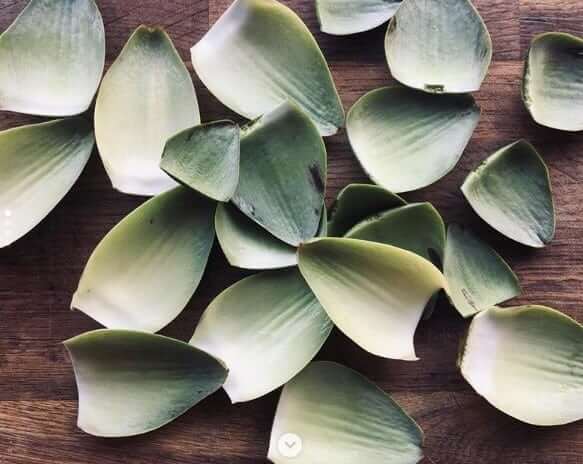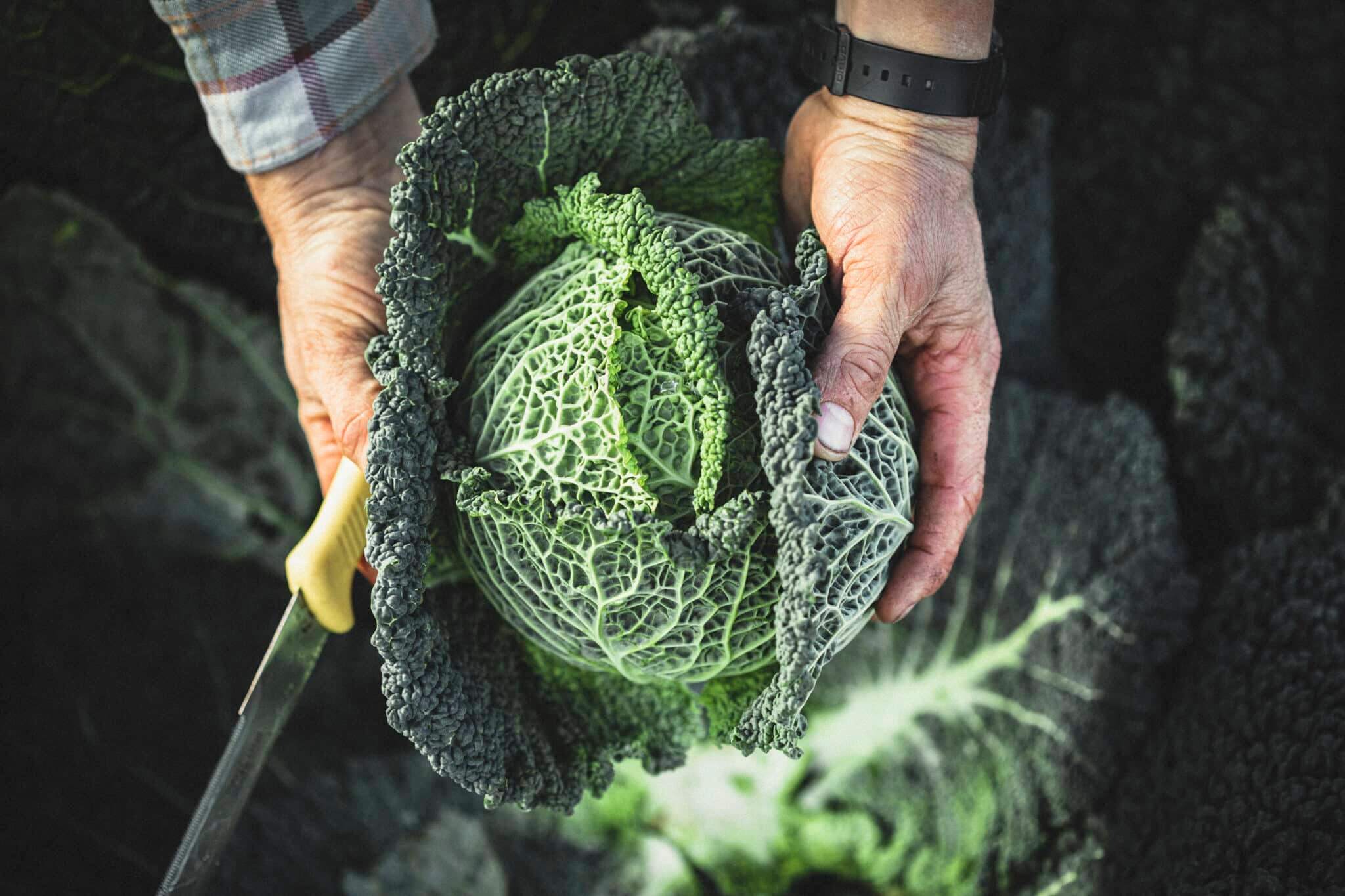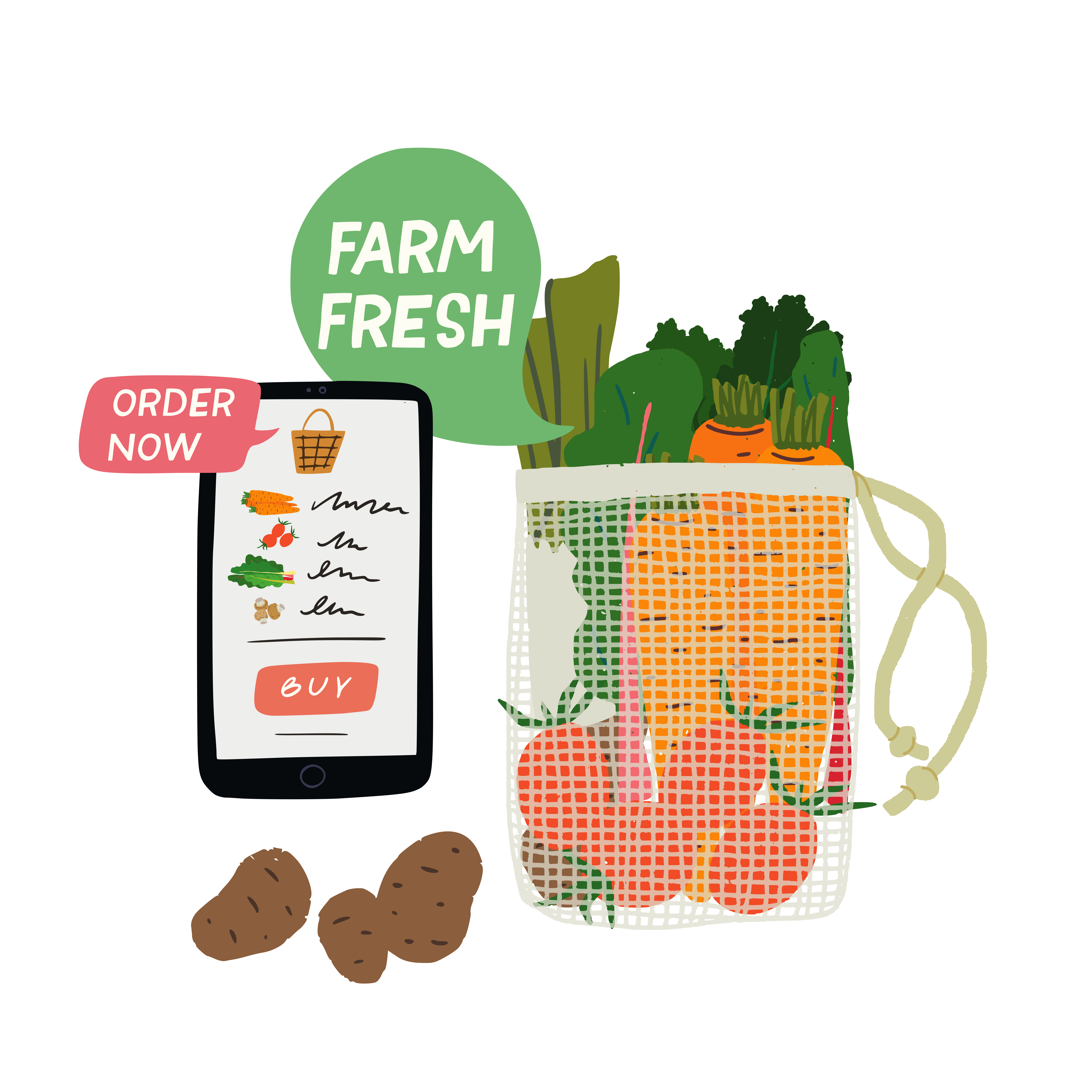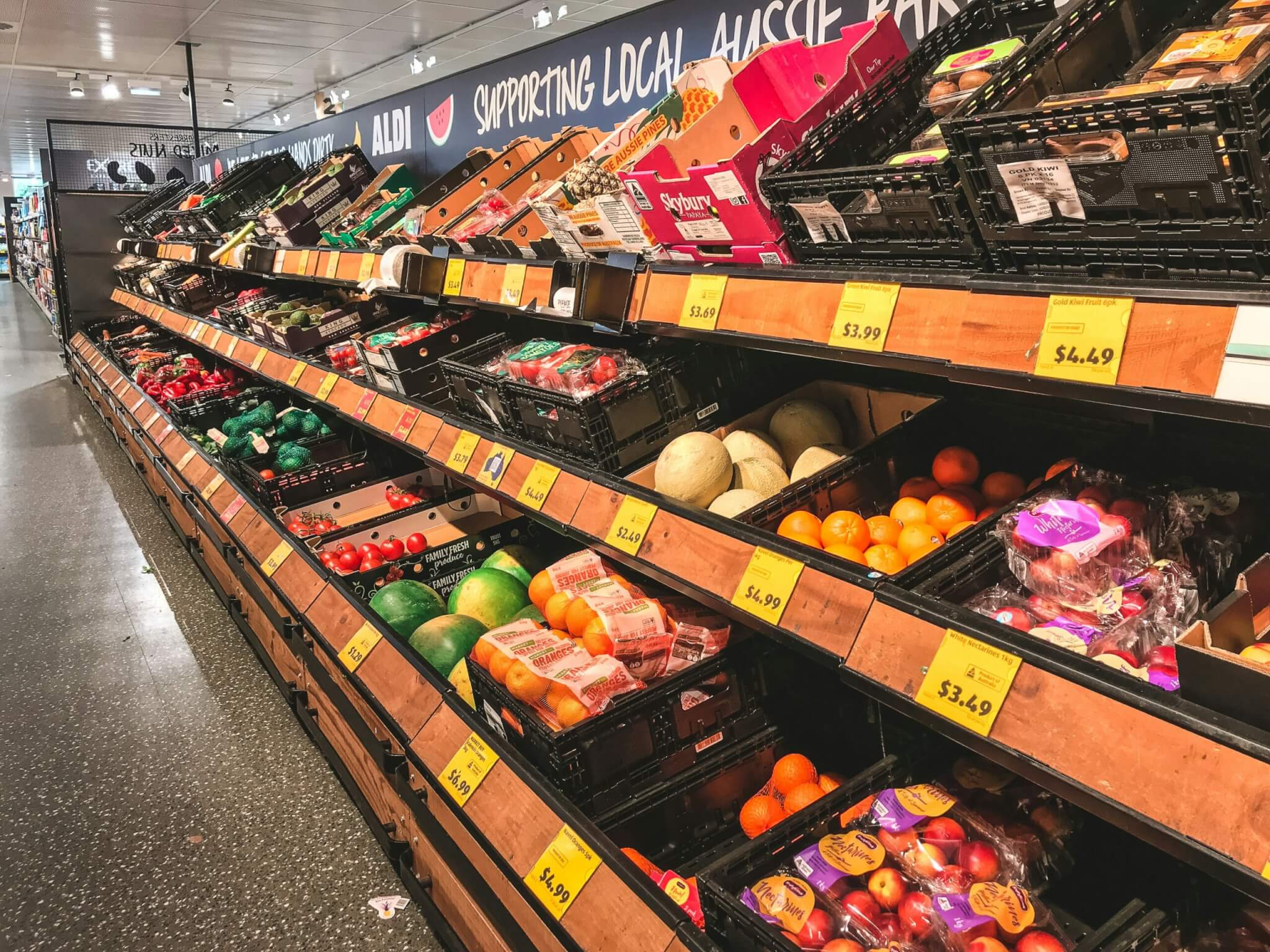From stocks to soups, sometimes the recipes for leftovers can feel a bit unoriginal. Not so for the team at Riverford’s award-winning Field Kitchen restaurant, where the team of top chefs are specialised in the art of veg creativity. Wicked Leeks caught up with them for their top secret root to shoot cooking tips.
Rainbow chard hummus
This dish is a regular feature on the menu in the Field Kitchen as it puts all the often-discarded chard stalks to good use, by adding the whole of the chard leaf to hummus to give it an added depth of flavour.
To give this a go at home, simply follow a recipe for making hummus but hold off blitzing your chickpeas and other ingredients in a food processor.
Next blanch the whole of your chard leaves and squeeze them dry. Add them to your other hummus ingredients in the blender and blitz. We usually add half the amount of cooked chard to chickpea to create the right balance of flavours.

Tomato leaf stock
This is a great one for all the grow-your-own fans out there. Did you know that tomato leaves are edible? They’re also a great way to add a more complex and earthy tomato flavour to all sorts of tomato dishes.⠀⠀
You can use them to create a tomato stock for use in stews and pasta dishes. They can also be dried and powdered and added to pasta dough to create an intensely tomato-ey pasta.
Sourdough ‘soy sauce’
If you soak leftover or stale sourdough in water overnight, the natural yeasts are released to create a fermented liquour. In the morning, remove the bread and reduce this liquor down to a more concentrated amount. You can then use this in the same way as soy sauce, or as a glaze on roasted vegetables. One great example is to pour it over roasted broccoli, before rolling in toasted sesame seeds to create a fantastic umami pre-dinner snack.
We also use leftover sourdough chunks in the Field Kitchen’s interpretation of a panzanella salad. At this time of year, the cubes of bread soak up all the glorious juices from the tomatoes and torn basil. It’s our ‘zero waste farewell to summer dish’.
Artichoke crisps
Create artichoke crisps out of the piles of artichoke leaves that are created when you peel a globe artichoke in search of its heart.
To give this recipe a go, take your leaves and cook them in a veg or chicken stock until tender. Next, drain them and leave them to steam dry. Mix with olive oil and salt and then cook on a high heat until golden and crispy.
Rich, sweet and crunchy, serve these crisps with melted butter or aioli for added richness.
Cured and grated egg yolk
At the Field Kitchen, we make between seven to eight puddings each day from scratch and as there is generally a meringue-based option, we are often left with a lot of egg yolks.
One of our favourite ways to use these is to cure them in salt and sugar, before drying them off in the oven. Once preserved, we use them grated over pasta, soups and salads. They also add a rich and unctuous flavour layer when grated over asparagus that’s been cooked in butter.
To give this a go at home, mix 500g salt and 300g of sugar. Pour half of the mixture into a tray and then make holes to place your yolks in. Pour the rest of the mixture over the top and then cure in the fridge for 3-4 days. Once cured, wash the salt off and then dry them in the oven for an hour at 140 degrees.

Courgette stalk penne⠀⠀⠀⠀⠀⠀⠀⠀⠀⠀⠀⠀⠀⠀⠀⠀⠀⠀
Did you know that courgette stalks make a fantastic wheat-free alternative to pasta? To give this a go, pick some courgette stalks and peel away the stringy bits as you would with celery. Next, cut on a slant into penne-sized shapes. Blanch in a lemony stock for 3-4 minutes and then use as a pasta replacement for a seriously quick, tasty, no food waste meal.
For more food waste tips and general veg inspiration, follow The Riverford Field Kitchen on Instagram.













0 Comments